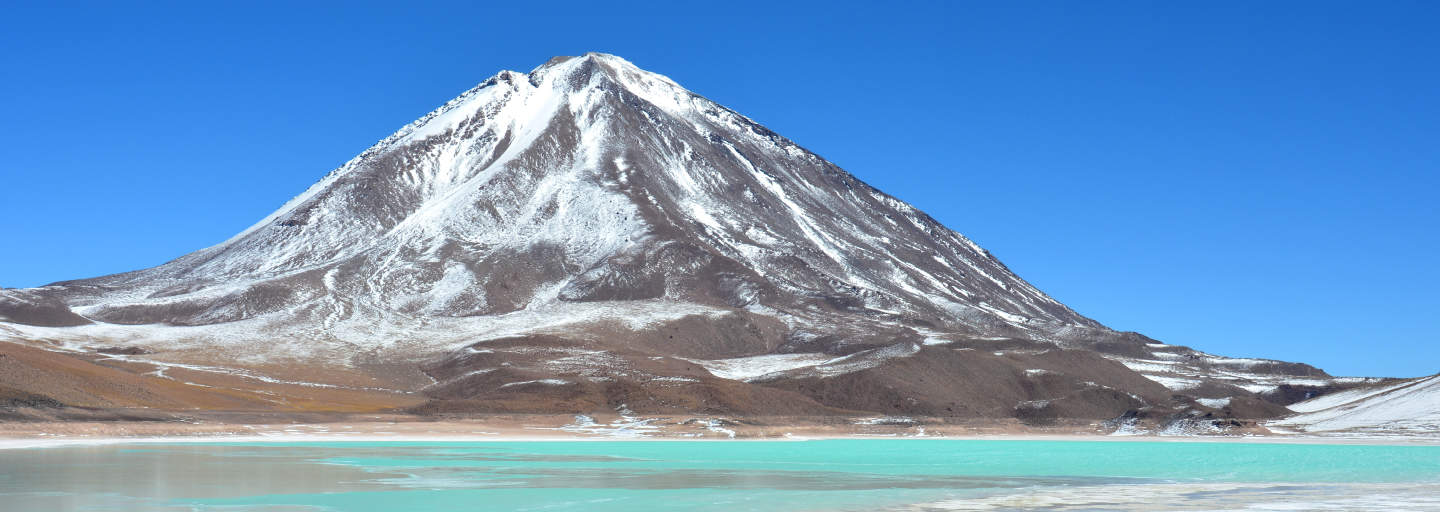
La Laguna Verde es uno de los destinos más impresionantes de Bolivia, conocida por su increíble color esmeralda y su ubicación al pie del majestuoso volcán Licancabur. Este lugar es una joya natural que combina paisajes únicos con un entorno que transmite paz. Descubre dónde se encuentra, qué necesitas saber antes de visitarla y por qué es un lugar que no puedes perderte.
¿Dónde queda la Laguna Verde?
La Laguna Verde está ubicada en el extremo sur del altiplano boliviano, dentro de la Reserva Nacional de Fauna Andina Eduardo Avaroa, en el departamento de Potosí. Se encuentra a una altitud de aproximadamente 4,300 metros sobre el nivel del mar, cerca de la frontera con Chile. Es accesible tomando un tour al Salar de Uyuni , otros destinos cercanos se encuentran la Laguna Colorada y el Sol de Mañana.
Origen del color de la laguna
Su característico tono verde esmeralda se debe a la alta concentración de minerales como magnesio y arsénico en el agua, lo que también la hace inadecuada para nadar. El color es más vibrante en días soleados y con poco viento.
¿Qué saber antes de ir?
Clima y altitud: La Laguna Verde se encuentra en una zona de gran altitud, donde las temperaturas pueden ser extremas, especialmente durante la mañana y la noche. Lleva ropa abrigada, protector solar y mantente hidratado para evitar los efectos del mal de altura.
Acceso: No es posible llegar por cuenta propia debido a las condiciones del terreno; se recomienda contratar un tour que incluye transporte, guía y equipo adecuado.
Fauna y flora: Aunque la laguna no alberga mucha fauna debido a su composición mineral, el entorno es hogar de especies como flamencos y vicuñas, que se pueden observar durante el recorrido.
Impacto ambiental: Es importante ser respetuoso con el entorno y evitar dejar residuos en este lugar protegido.
Resumen
La Laguna Verde es un destino imprescindible en Bolivia, famoso por su color único y su impresionante ubicación al pie del volcán Licancabur. Este paraíso natural, situado en la Reserva Eduardo Avaroa, ofrece a los visitantes una experiencia visual y cultural inigualable, perfecta para quienes buscan explorar las maravillas del altiplano.